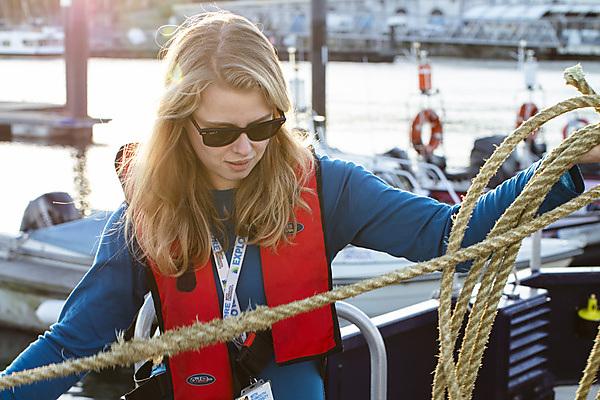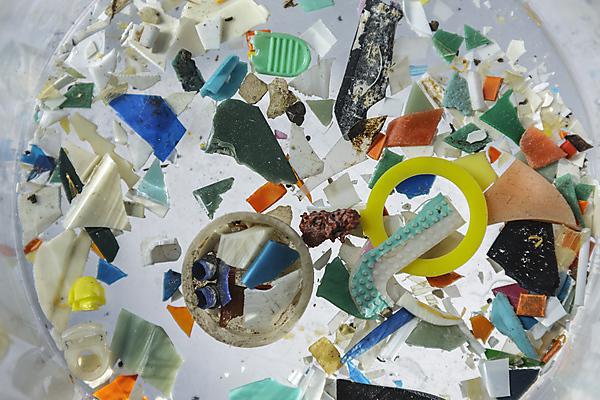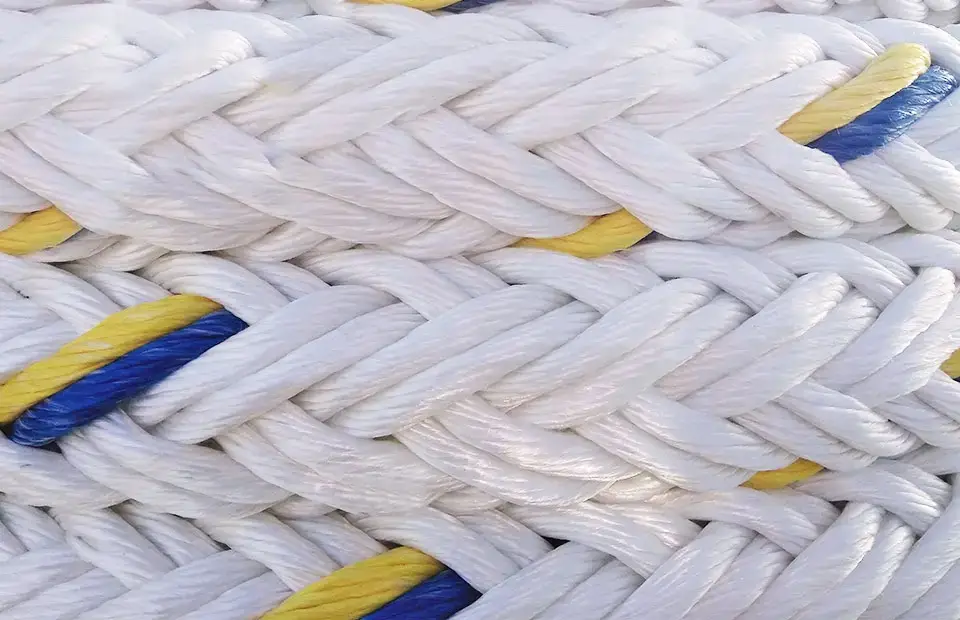The consequences of using old ropes for the marine environment and remedial measures
For many centuries, maritime equipment, including ropes and nets, was predominantly made from natural resources. However, the significant increase in plastic production since the 1950s led to the gradual replacement of natural materials with plastic in maritime industry.
Nevertheless, the durability of plastic has posed a major environmental challenge when these items reach the end of their lifespan. This article will illustrate the implications of using rope that are over 2 years old for the marine environment and propose measures to mitigate these consequences.

Consequences of using maritime ropes for over 2 years
According to a recent study, the use of old maritime ropes on ships could result in billions of plastic microfibers entering the oceans each year.
Research by the International Marine Litter Research Unit at the University of Plymouth is the first to demonstrate the potential of rope as a source of plastic pollution in the marine environment.
The study compared various synthetic rope commonly used in the maritime industry – differing in lifespan, surface, and materials – to assess the quantity and characteristics of plastic microfibers generated during their use.
The results showed that new rope and those aged one year could release around 20 plastic microfibers into the ocean per meter.

However, as ropes are used for extended periods, they can produce significantly larger quantities of microfibers – on average, rope that are two years old release about 720 pieces per meter, while 10-year-old rope release over 760 pieces per meter.
In the “Science of the Total Environment,” researchers stated that during fishing activities, the length of deployed rope per fishing trip can reach up to 220 meters, depending on the type of vessel and ocean depth.
Based on a 50-meter rope pulled from a vessel, they estimated that every time a new rope is deployed, it could release between 700 and 2000 plastic microfibers. Used rope might release up to 40,000 plastic microfibers.
With over 4,500 fishing vessels operating in the UK alone, an estimated 326 million to 17 billion plastic microfibers could be discharged into the oceans annually from the UK’s fishing fleet alone.
Consequently, considering the numerous global fishing fleets, this poses a significant challenge for the environment, particularly marine ecosystems and resources.
Optimal mitigation measures
Environmental protection is no longer the responsibility of individuals or specific groups; it’s a collective societal responsibility. Various environmental protection conventions established in recent years underscore the importance of safeguarding the environment.
Especially within the maritime industry, marine ecosystems are facing alarming pollution levels. This issue significantly impacts a ship’s mobility, severely limits marine resource availability, and could trigger natural disasters, endangering human lives and property.

Through the presented research, we understand the negative effects of using rope for prolonged periods on the environment. To reduce the release of plastic microfibers into the marine environment, it is advisable to use rope with low plastic-to-nylon ratios and consistently replace rope older than 2 years.
Adhering to international standards in the inspection, replacement, and use of rope not only safeguards the environment but also prioritizes safety within the maritime industry.
At GOTCO, we offer maritime ropes and mooring solutions meeting international standards, certified by DNV and OCIMF, recognized globally in the maritime sector.
Moreover, GOTCO provides a comprehensive solution for inspecting your ropes to implement the best practices. As a leading partner, we’re authorized by major classification societies and reputable manufacturers to perform inspection, maintenance of life-saving equipment (life rafts, lifeboats), consult on, install, and maintain fire-fighting systems and equipment, conduct crane load testing, and offer additional services.

